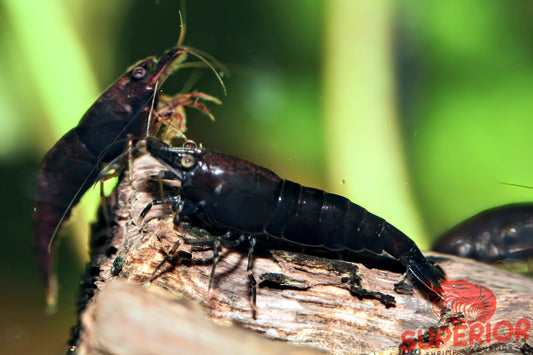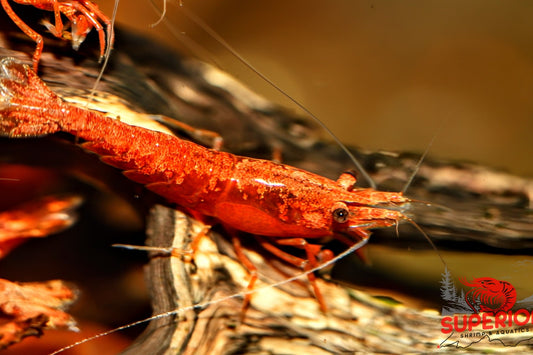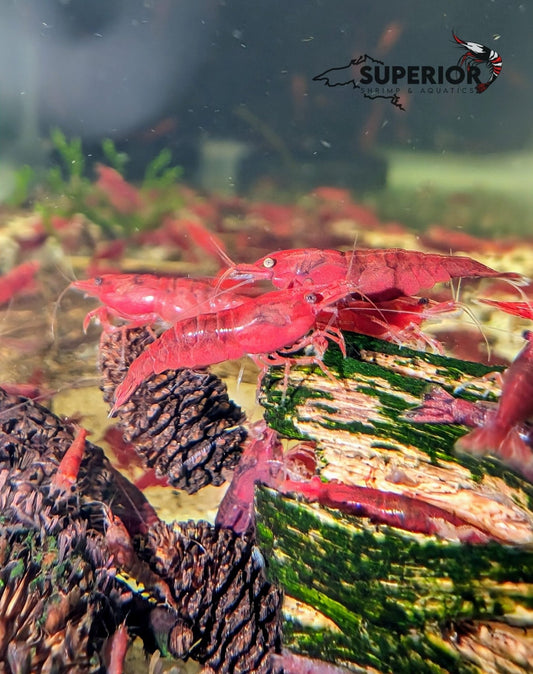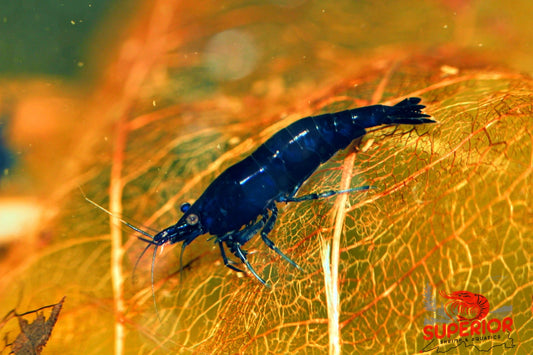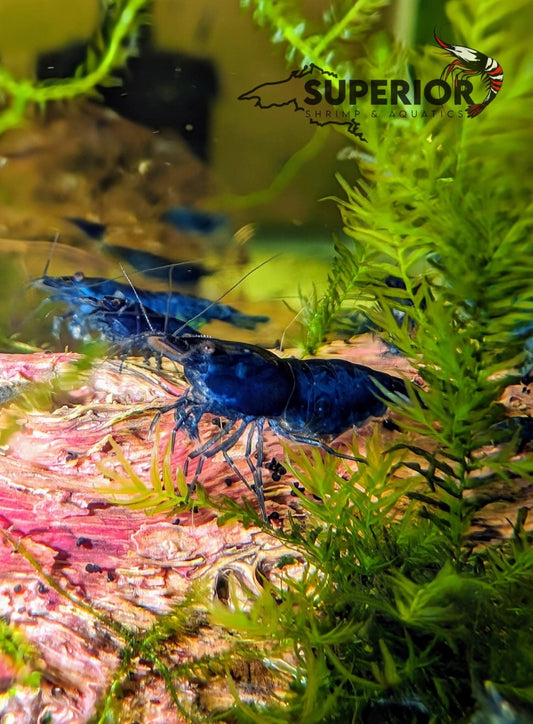KH is an essential water parameter in a shrimp aquarium. It plays a crucial role in maintaining a stable pH level and overall water quality, which are vital for the health and well-being of shrimp. KH stands for carbonate hardness, and it is a measure of the concentration of carbonate and bicarbonate ions in water. It is one of the parameters used to assess the hardness of water. Carbonate hardness is important in aquariums, especially in setups with freshwater shrimp and fish, as it plays a crucial role in stabilizing pH levels. In natural water sources, carbonate hardness acts as a buffer against rapid changes in pH, helping to maintain a stable and suitable environment for aquatic organisms. In aquariums, understanding and controlling KH are essential for creating an environment that supports the health and well-being of fish and invertebrates. KH is typically measured in degrees of hardness (dKH) or parts per million (ppm). It is important to note that different species of aquatic life have specific preferences for water hardness, and maintaining appropriate KH levels is crucial for their overall health and breeding success. In shrimp aquariums, for example, certain species may require lower KH levels, while others may tolerate or even prefer higher KH. Regular testing and appropriate adjustments to KH can contribute to a stable and thriving aquarium environment.
Understanding Carbonate Hardness (KH):
-
Definition:
- Carbonate hardness (KH) measures the concentration of carbonate and bicarbonate ions in the water. It acts as a buffer, stabilizing pH levels and preventing rapid fluctuations.
-
Importance for Shrimp:
- Shrimp, especially species like Caridina and Neocaridina, are sensitive to changes in water parameters. Maintaining a stable KH is crucial for their health and successful breeding.
Testing KH:
-
Use a Reliable Test Kit:
- Invest in a high-quality KH test kit to accurately measure carbonate hardness in your aquarium. Follow the instructions provided by the kit manufacturer.
- Suggested
-
Testing Frequency:
- Regularly test KH, especially during water changes or after adding any substances to the aquarium. Aim to keep KH within the ideal range for your shrimp species.
Adjusting KH:
-
Water Changes:
- Conduct regular water changes to dilute impurities and maintain stable KH levels. Use dechlorinated water, RO water, or distilled water with parameters similar to the existing aquarium water.
-
Buffering Substrates:
- Utilize buffering substrates like crushed coral, or specialized shrimp substrates that release minerals and help maintain stable KH. Make sure to research and choose a substrate suitable for your shrimp species and aquarium.
-
Mineral Additives:
- Use commercial mineral additives specifically designed for shrimp tanks. These products often contain essential minerals and help stabilize KH.
- Ground egg shells, baking soda, cuttlebone all work well.
- Suggested
Ideal KH Range:
-
Caridina Shrimp:
- Caridina species, such as Crystal Red Shrimp, prefer slightly lower KH levels, usually between 0-2 dKH.
-
Neocaridina Shrimp:
- Neocaridina species, like Cherry Shrimp, can tolerate a broader range, but a KH of 2 - 8 dKH is generally suitable.
Monitoring pH:
-
pH Stability:
- KH acts as a pH buffer. Monitoring pH is equally important, as a stable pH within the preferred range for your shrimp species is vital.
-
pH Adjustment:
- If pH deviates from the optimal range, adjust KH gradually to avoid sudden fluctuations. Use water changes, substrate, or additives to achieve the desired pH.
Precautions and Tips:
-
Gradual Changes:
- Shrimp are sensitive to rapid changes. Avoid sudden alterations in KH, pH, or other water parameters.
-
Research Shrimp Species:
- Different shrimp species have varying preferences for water parameters. Research the specific needs of your shrimp to provide an optimal environment.
-
Regular Monitoring:
- Consistently monitor KH along with other water parameters to identify trends and address issues promptly.
By maintaining a stable KH level, you'll contribute to a healthy and thriving shrimp aquarium. Always consider the specific requirements of the shrimp species you are keeping, as individual preferences may vary.
